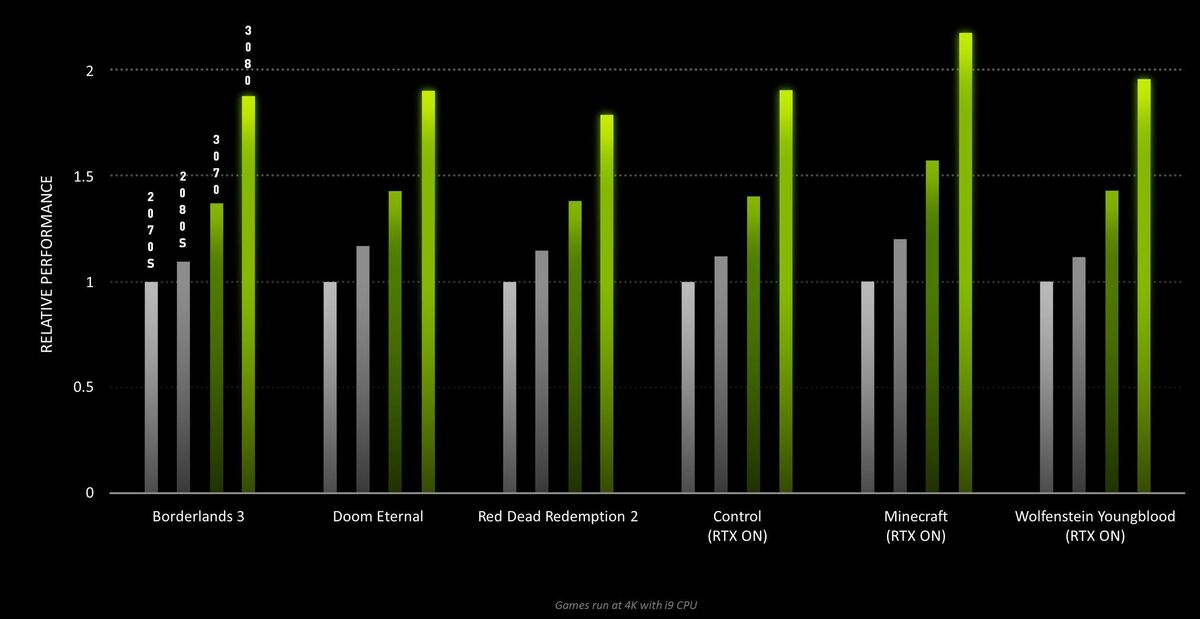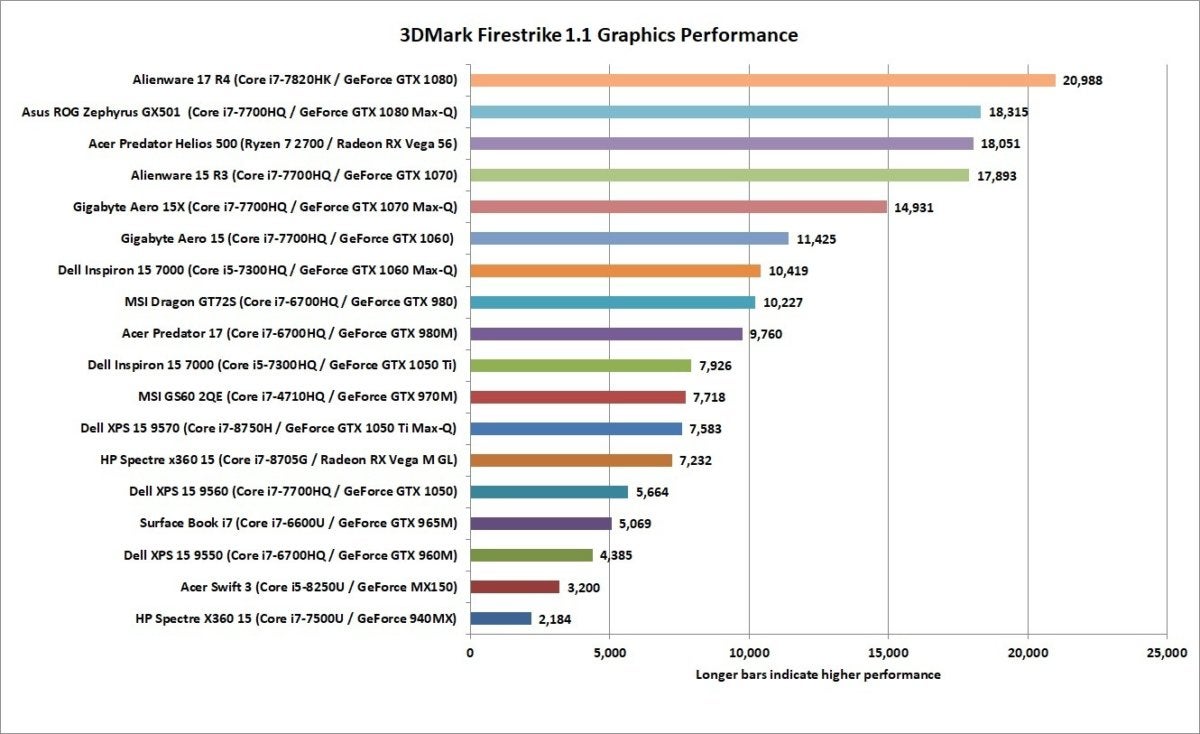
Colour coding the spec boxes with the manufacturer names was helpful. It'd be easier to read the chart if these were in the same row or column. I found myself flipping back & forth between the specs for each card and their respective photos. I have a few design and content suggestions for you. I think this information lends itself well to a chart. This is version 1.0 of this chart, and it will be updated in the future. I’m completely open for comments and suggestions. There is no difference in the information within the chart, just the color. The large ones have 14000 pixels horizontally, and are suitable for print even on high resolution plotters or flatbed printers for a nice wall print of 120 x 55 centimeters on 300dpi respectively. Medium ones have 3000 pixels horizontally, which is barely enough for a rough view. Having in mind that this chart is useless in low resolutions, direct links are listed below.

Be advised, clicking on the thumbnail below will open the full-size chart (14,000px × 6,135px and approx.

Finally about five months ago, I decided to create one myself and now I’m sharing it with you. After searching the internet for hours, I failed to find the data I was seeking in a simple, informational chart complete with history and release dates. GPUs always fascinated me and left me hungry for more information, specifically about the evolution of the graphics card over the years. Nowadays, when the word “rig” is uttered, the first thing that comes to mind is three graphics cards bridged together.


 0 kommentar(er)
0 kommentar(er)
